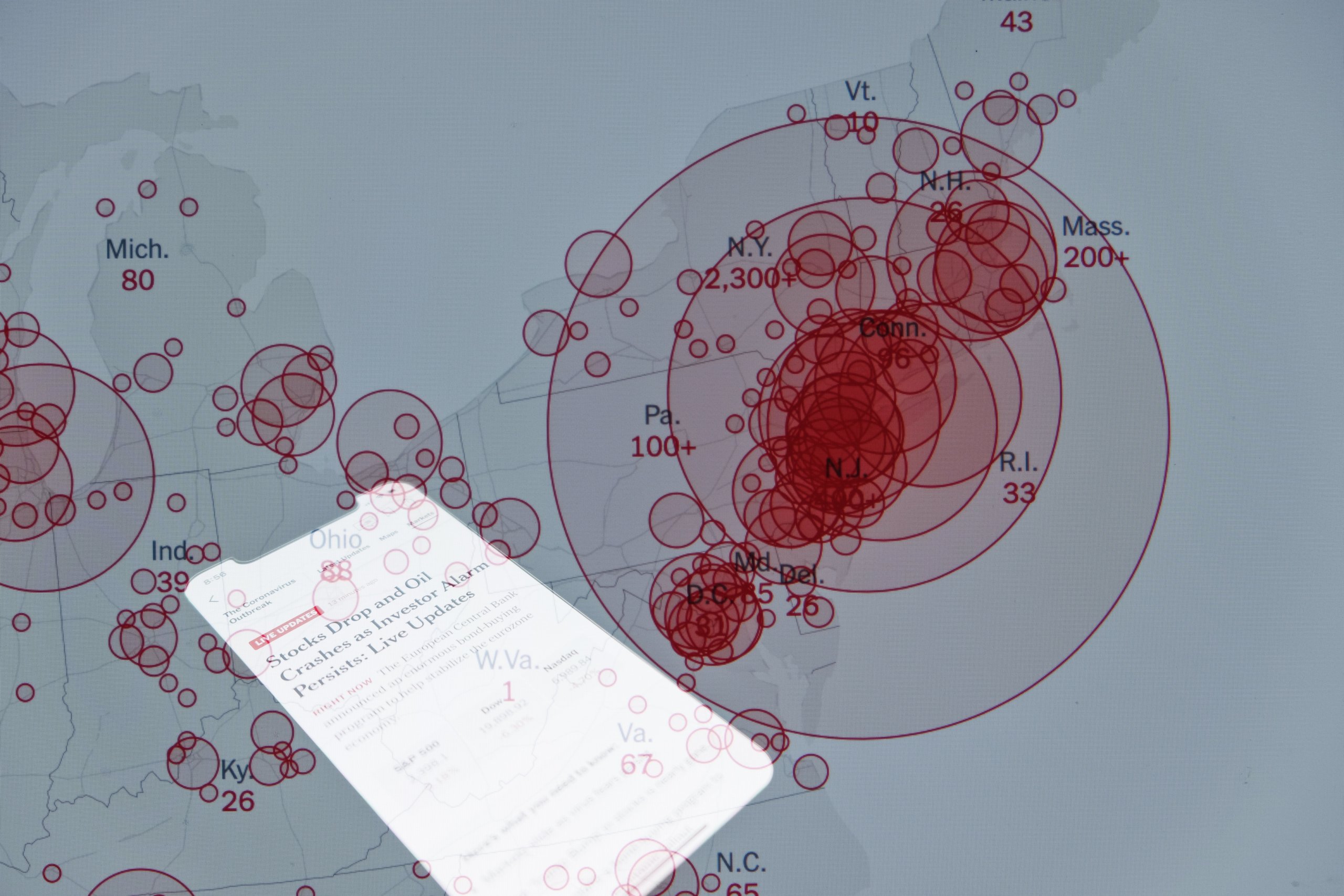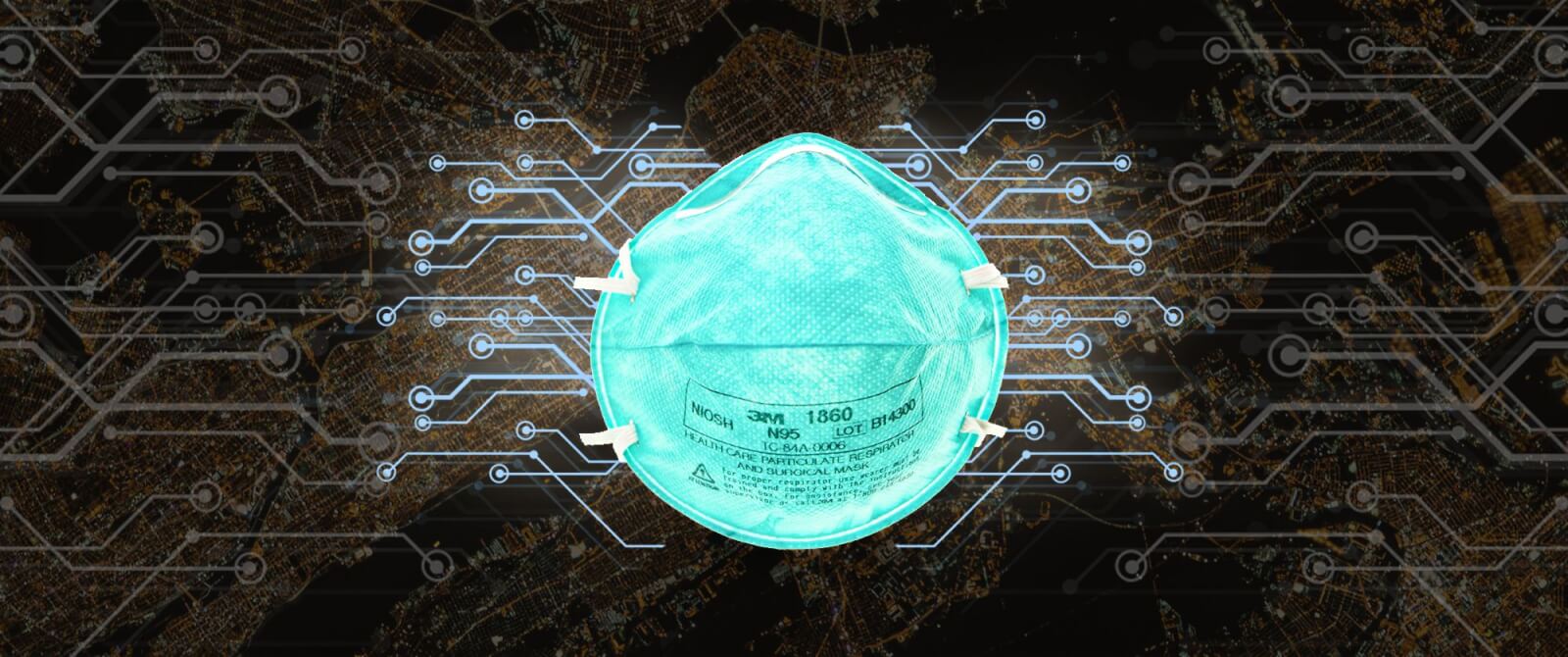 The COVID-19 pandemic has affected every industry and company around the world, creating major disruptions to business operations, purchasing habits, and logistics. Add to that travel restrictions and lockdowns, and it’s not difficult to see why every sector is struggling right now. Even companies who were streamlining their operations with an Internet of Things (IoT) system prior to the pandemic have experienced delays, maintenance issues, and network problems.
The COVID-19 pandemic has affected every industry and company around the world, creating major disruptions to business operations, purchasing habits, and logistics. Add to that travel restrictions and lockdowns, and it’s not difficult to see why every sector is struggling right now. Even companies who were streamlining their operations with an Internet of Things (IoT) system prior to the pandemic have experienced delays, maintenance issues, and network problems.
How will enterprises that utilize IoT applications adapt to the world when the pandemic ends? Although many companies that have survived the pandemic became more resilient over the past nine months, the pandemic has created everlasting effects on IoT development. Here are some of the ways IoT has grown in 2020.
Upgrading IoT Technology
Industrial IoT (IIoT) networks are robust, scalable, and expansive. They require a large amount of setup and testing, and since the pandemic reduced the ability for engineers to visit IIoT network sites physically, IIoT roll-outs have been limited during the past nine months. One solution is to implement more cellular IIoT devices. These only need a small amount of connectivity to the main network, and, for this reason, they’re growing in popularity. According to Juniper Research, a technology market research firm located an hour and a half outside of London, the number of cellular IoT devices is expected to reach 1 billion by 2024, a significant rise from 320 million in 2020.

For devices that have traditional SIMs, the implementation process is carried out at the device’s physical location. Engineers often use Remote SIM Provisioning (RSP) to enable setup to occur before the implementation of the device. Using RSP, the device can be connected to the location’s network without a lot of physical interaction required. This process reduces the demand for specialized engineers and new frameworks, even for devices that are connected but spread out across a large area. During the pandemic, RSP has been invaluable for rolling out new devices within IoT and IIoT systems.
The advent of the embedded SIM (eSIM) has also brought about the need for new frameworks for cellular IoT devices. The framework differs depending on the requirements of the IoT system in the industrial, enterprise, and consumer markets. Speaking of new frameworks, hardware manufacturers are now creating connected devices with no built-in user interfaces, which creates the need for special tools and management platforms for faster deployment and remote management.
Both the RSP and eSIM technologies weren’t very popular before the pandemic, but COVID-19 has accelerated the learning curve required to implement these technologies. IoT-enabled companies placed a higher emphasis on the benefits of IoT connectivity, so users and engineers had to adapt accordingly, while still following stay-at-home orders.
Post-Pandemic Cellular IoT
Although cellular IoT devices have been implemented throughout the pandemic, it’s been at a much lower rate than usual. As a result, enterprises have turned to technologies like RSP, even though it wasn’t used as frequently before and requires a bit of a learning curve. eSIM has been a great technology that circumvents long-term connectivity contracts with a sole operator. The more IoT systems with eSIMs, the more fair pricing and flexibility offered in connectivity contracts.
To take full advantage of the benefits of eSIM technology, you can take some actionable steps. For example, you can migrate a remote provisioning software to a centralized online platform for multiple stakeholders to access. Because networks can connect thousands of devices together, remote monitoring allows updates to be rolled out in a timely manner and network management by several parties.
Another way to exploit the benefits of eSIM is to create a seamless and integrated way to verify and authenticate connections using remote management services. In early IoT systems, proprietary authentication services were not able to scale as the enterprise and IoT system grew, leaving devices vulnerable to cybersecurity attacks.
Enterprises should also think about utilizing devices solely based on cellular IoT standards. As the scale and number of IoT systems increases, IoT devices should be able to play nicely with a growing system and scale accordingly. By thinking of these small details now, IoT architects can ensure the devices remain within protocol, management, and interoperation.
Lastly, IoT systems will continue to require a reliable and secure connection, and as cellular networks get leveraged for IoT systems, we’ll see more and more devices connect into an IoT network. Comprehensive solutions that can manage the scaling, implementation, and connectivity of growing systems will greatly increase in demand. Thus, it’s imperative for companies to optimize their IoT systems at all levels, from device to network to applications.
Reducing Effects of the Pandemic with IoT
Even for global IoT deployments, eSIMs are a smart choice: they offer scalability and flexibility like remote services for programming devices over-the-air, complete connectivity with options for various countries of deployment, multinational SIMs, and local profiles. Experts say that the pandemic is going to provide many learning opportunities for companies and engineers who operate in and utilize the cellular IoT market. There is an ongoing and strong need for all stakeholders within the ecosystem to collaborate closely so that these technologies can be maximized for efficiency, productivity, and potential.
IoT Systems Post-Pandemic
The pandemic has accelerated digitization across nearly every industry, and this effect is expected to be a long-lasting one. IoT, in particular, has seen rapid innovation in unexpected verticals, as well as a transformation of cellular IoT technology. As we move out of the pandemic, experts predict that IoT will continue to bring new advancements to a multitude of industries, especially healthcare, smart cities, and agriculture.






